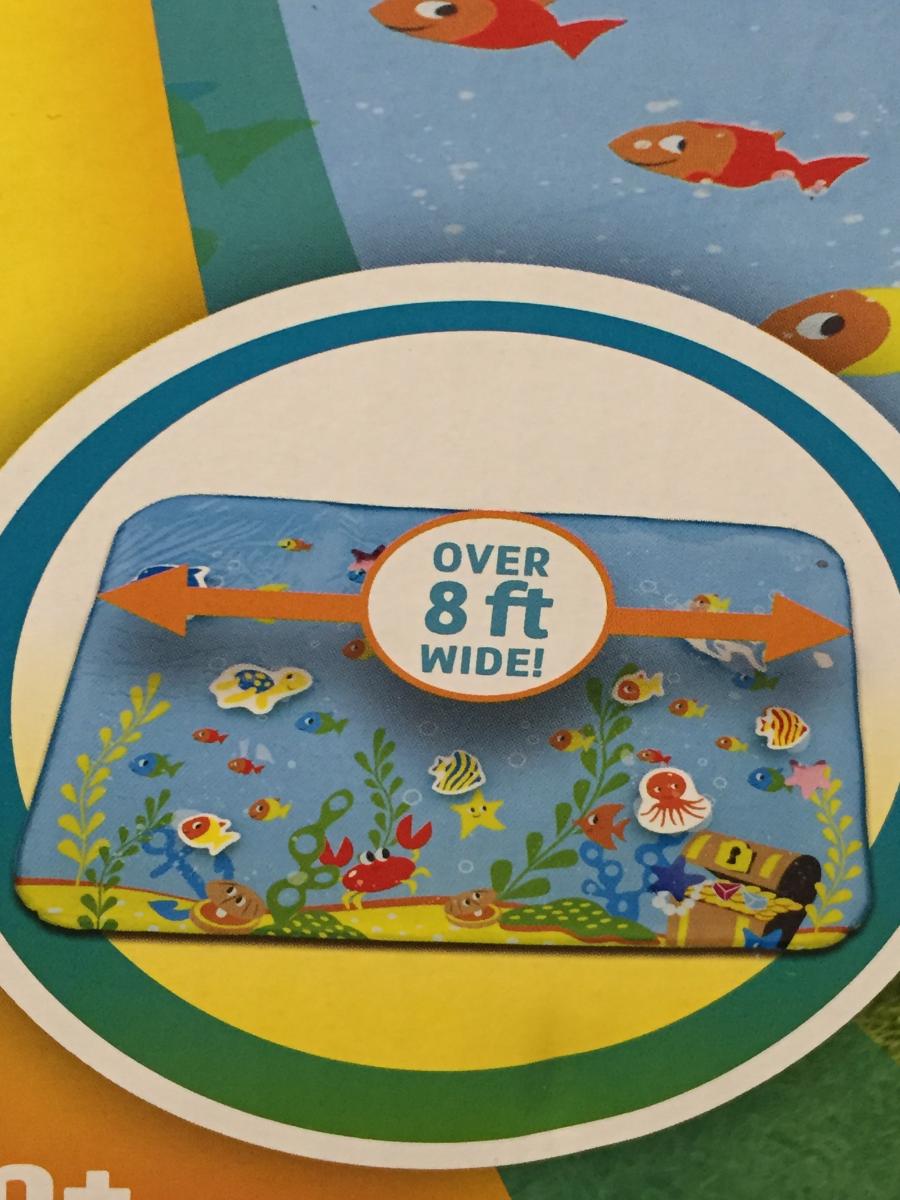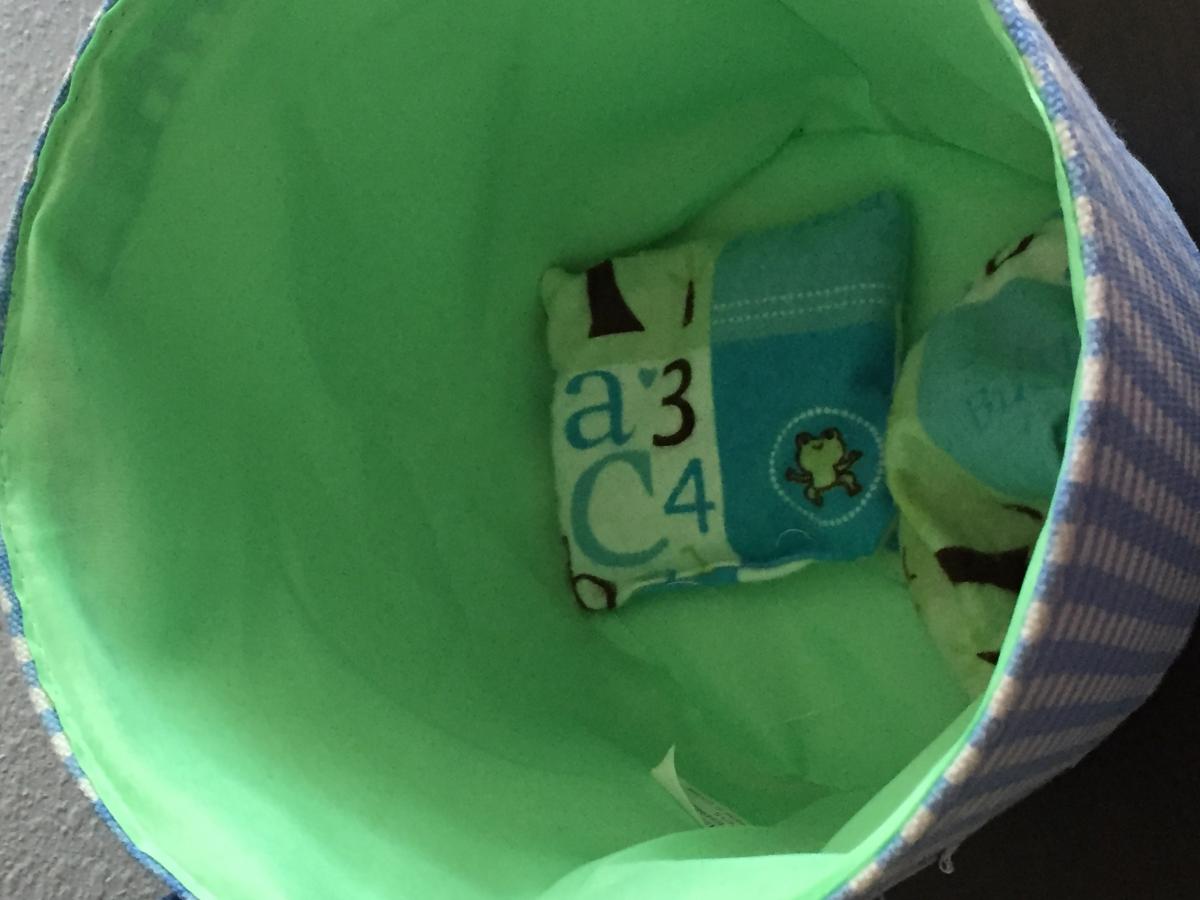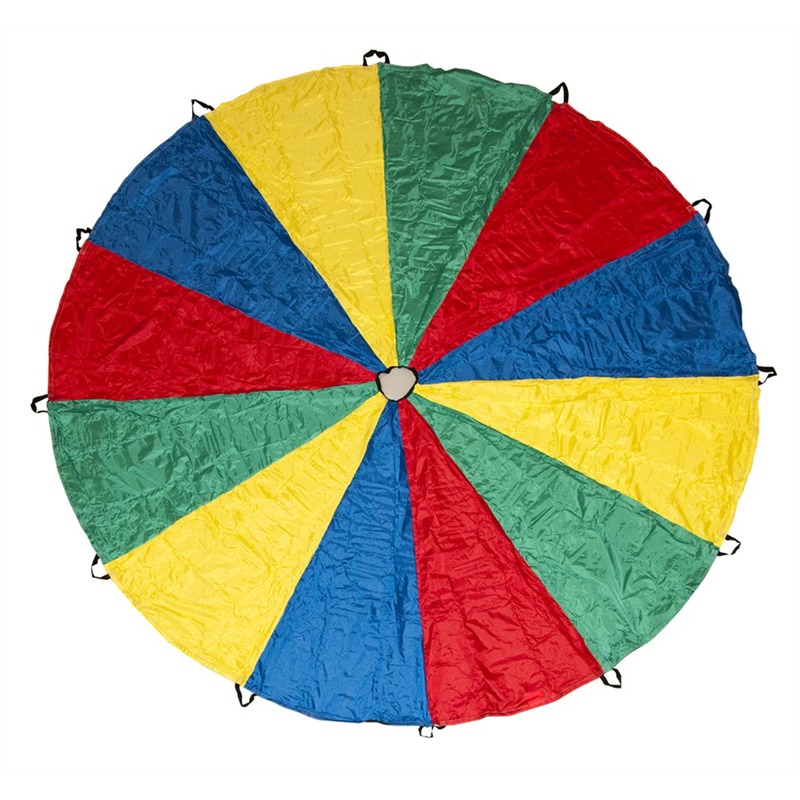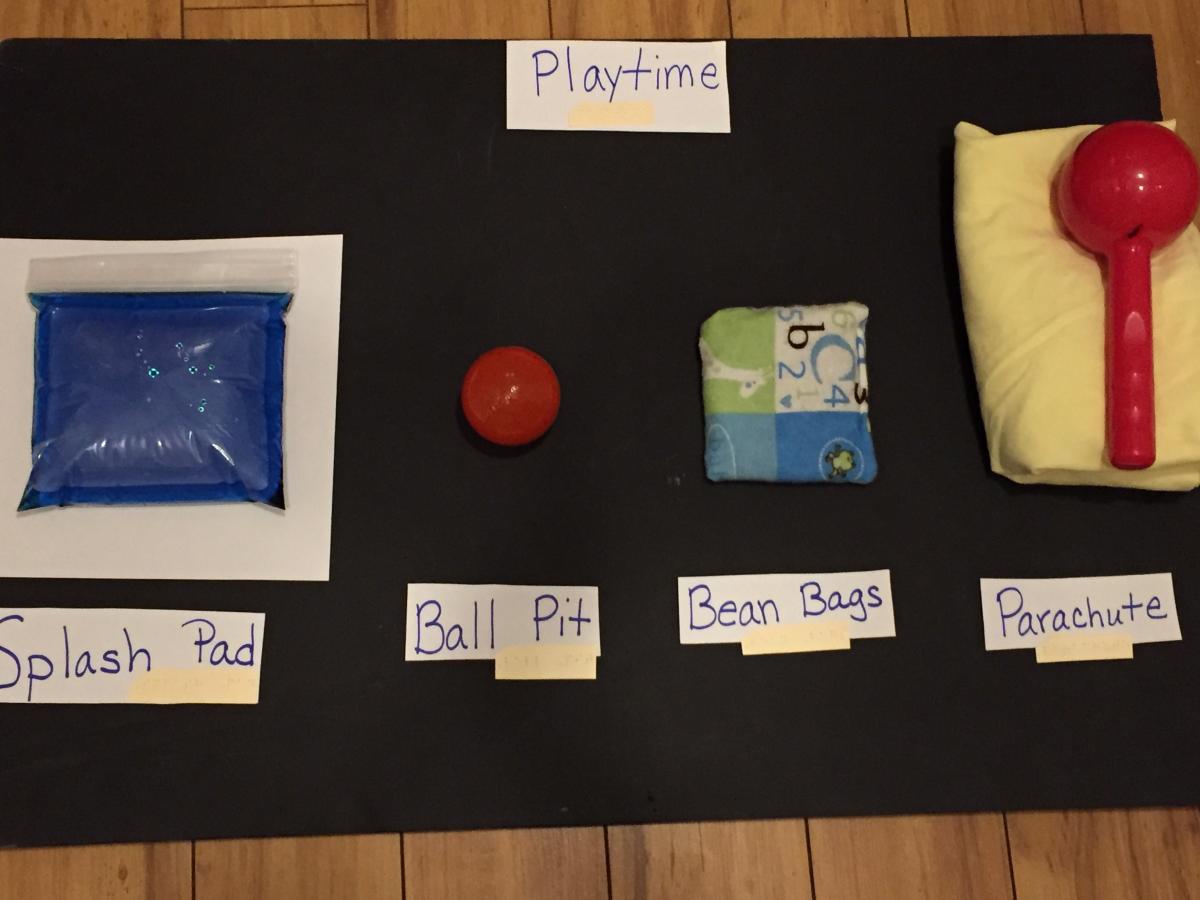4 Fun Summer Activities for Students with Visual Impairments and Multiple Disabilities
1. Splash Pad
I found this neat Splash Pad at the store at the start of the summer. Simply fill it with water and play! It can be used indoors (of course, you run the risk of a leak and water flooding your house). This toy would be fun to use outside under a covered patio. The Splash Pad is great because as the child moves, the water shifts. They receive immediate feedback for moving. In the pad are die cut shapes of sea horses, fish, sharks, etc. A child can push on the pad and move the shapes. This pad can be used in so many ways. It is a lot of fun!

2. Ball Pit
Make your own ball pit! Line a small kiddie pool with a blanket. Fill with ball pit balls. The play opportunities are endless. If you have a pop up tent, that works well too. Play hide and seek. Move the ball on your child’s arms, legs and feet. Let them lie down on the blanket and wiggle around the balls.
3. Bean Bag Toss
Make or buy some bean bags. Use a plastic basket or cover a cardboard box with cute paper. Bean bags can be played with in several different ways. Toss the bags into a container. Place the bags on your child’s foot, head, hand, stomach and encourage them to move. Play head, shoulders, knees and toes.

4. Parachute Play
 Select several items from around the house that make noise and put them in the box. Find a sheet (twin and full sizes work well). Play “parachute”. Put the items on the sheet and shake the sheet with your child. Sing songs or listen to parachute songs on YouTube. Some items you can use are bells, bean bags, rattles, balls, and shakers. Here is a list of fun parachute songs:
Select several items from around the house that make noise and put them in the box. Find a sheet (twin and full sizes work well). Play “parachute”. Put the items on the sheet and shake the sheet with your child. Sing songs or listen to parachute songs on YouTube. Some items you can use are bells, bean bags, rattles, balls, and shakers. Here is a list of fun parachute songs:
Where Are the Kids?
The Wind Blows North
Parachute Fun
Incorporating Literacy in Summer Activities
Your child may be ready for a picture book. Take a picture of him or her playing in the activity. Glue one picture per page. Texture it and add large print or braille.
Whether you create an experience board, a book or a box, your child is learning literacy skills. They learn the vocabulary associated with the activity, and learn to read the activity. The experience board, book or box can be used for choice making, review of the activity or to share at school.



Comments
Gonna try this hope resources
Purchase
Water Play Mat